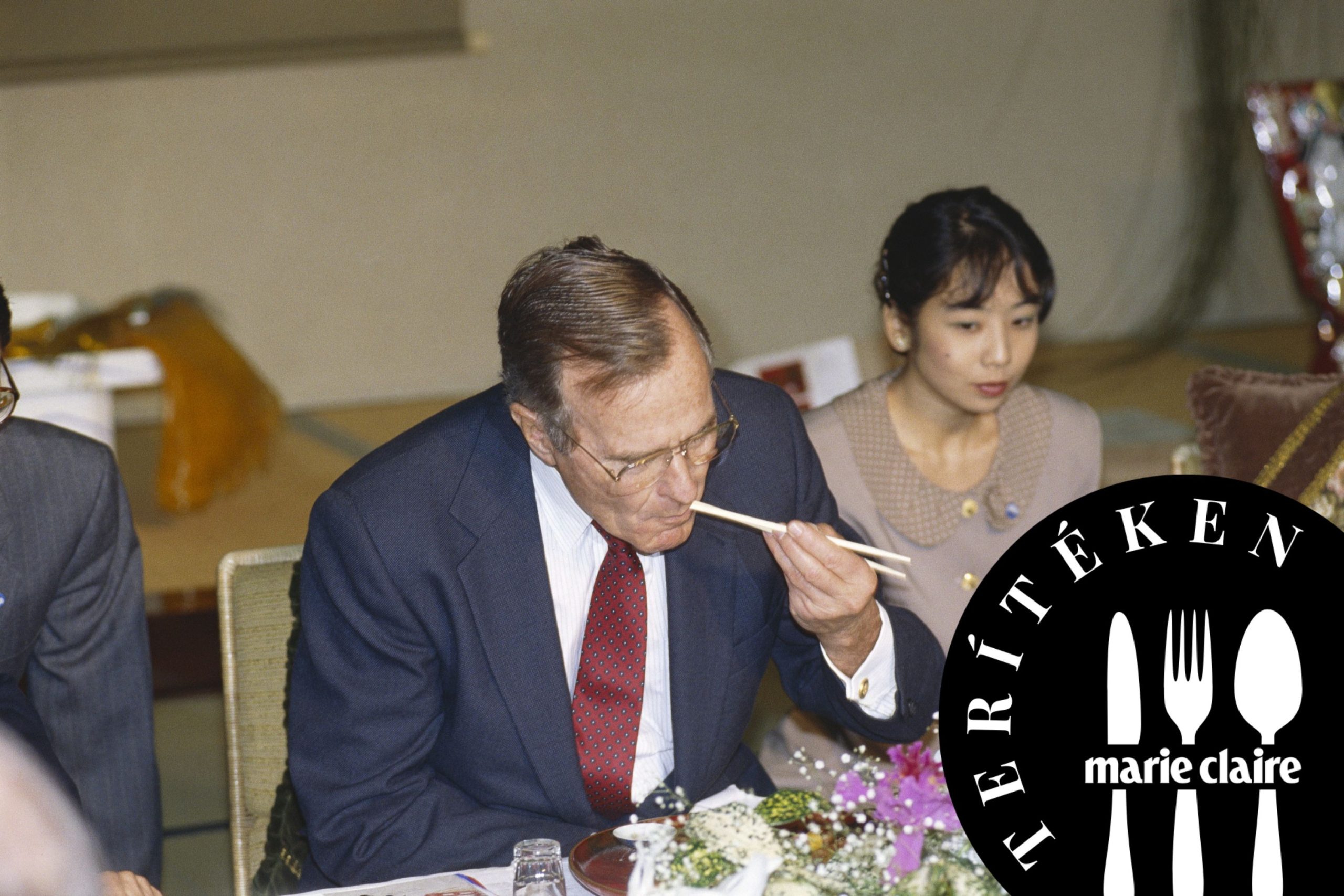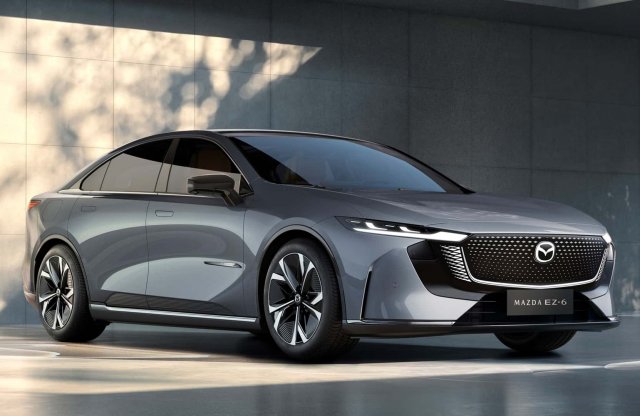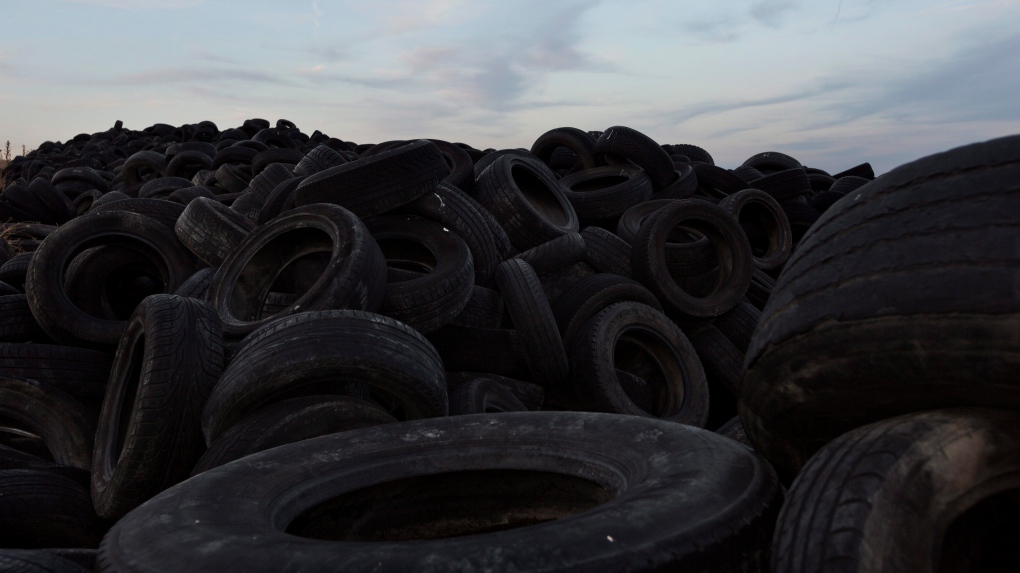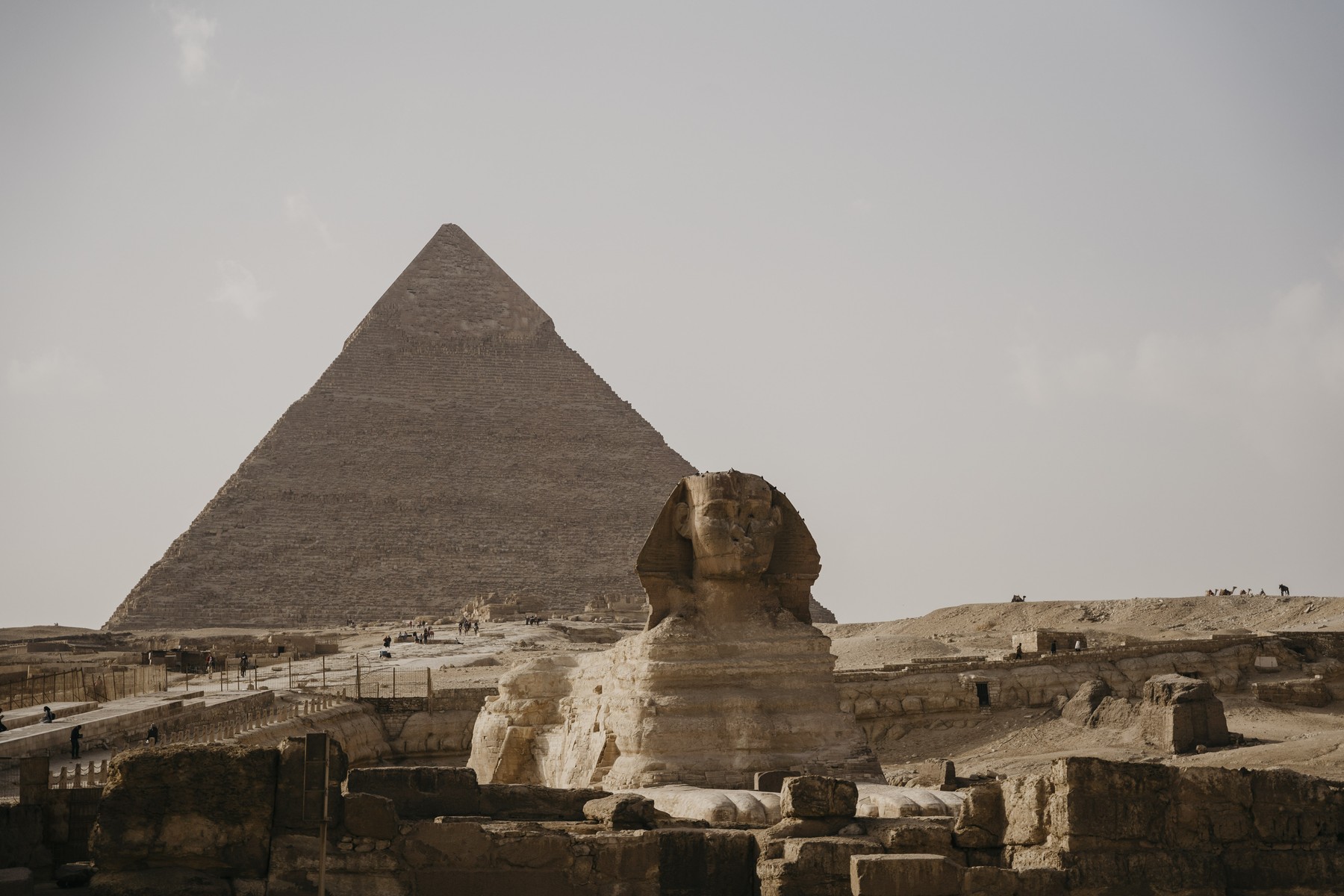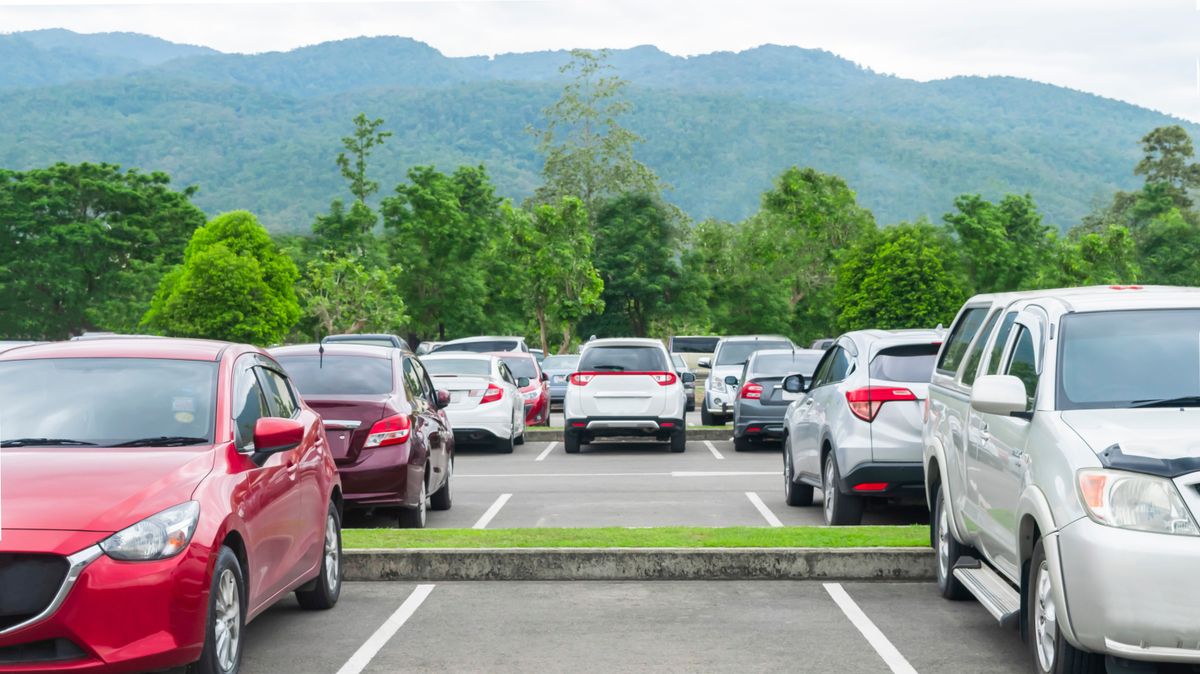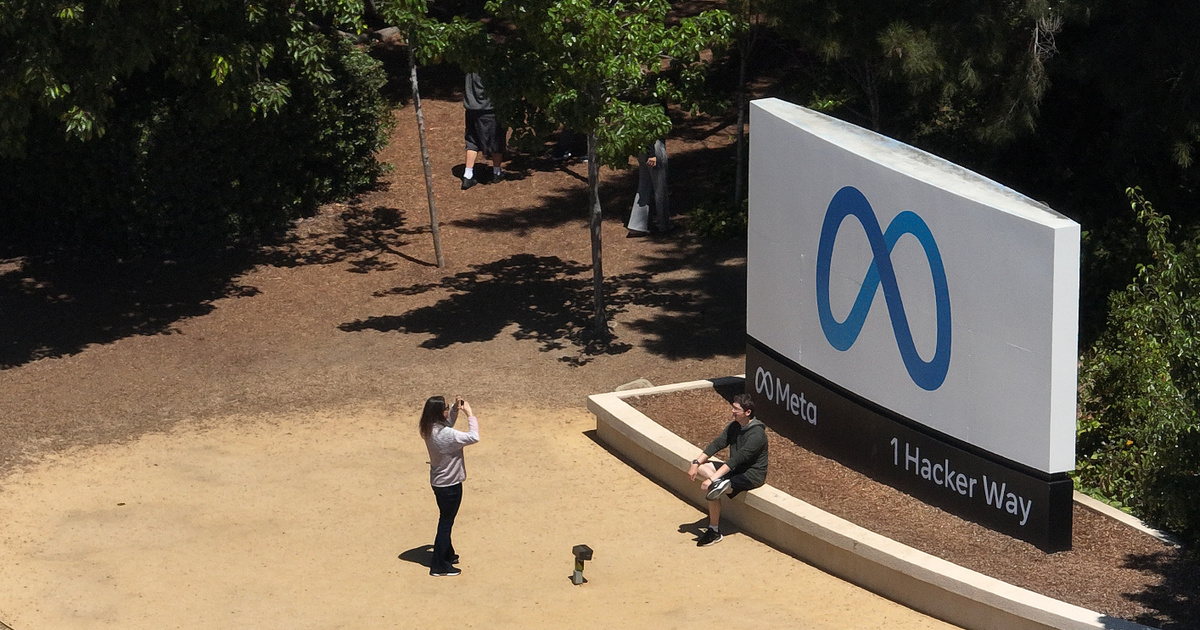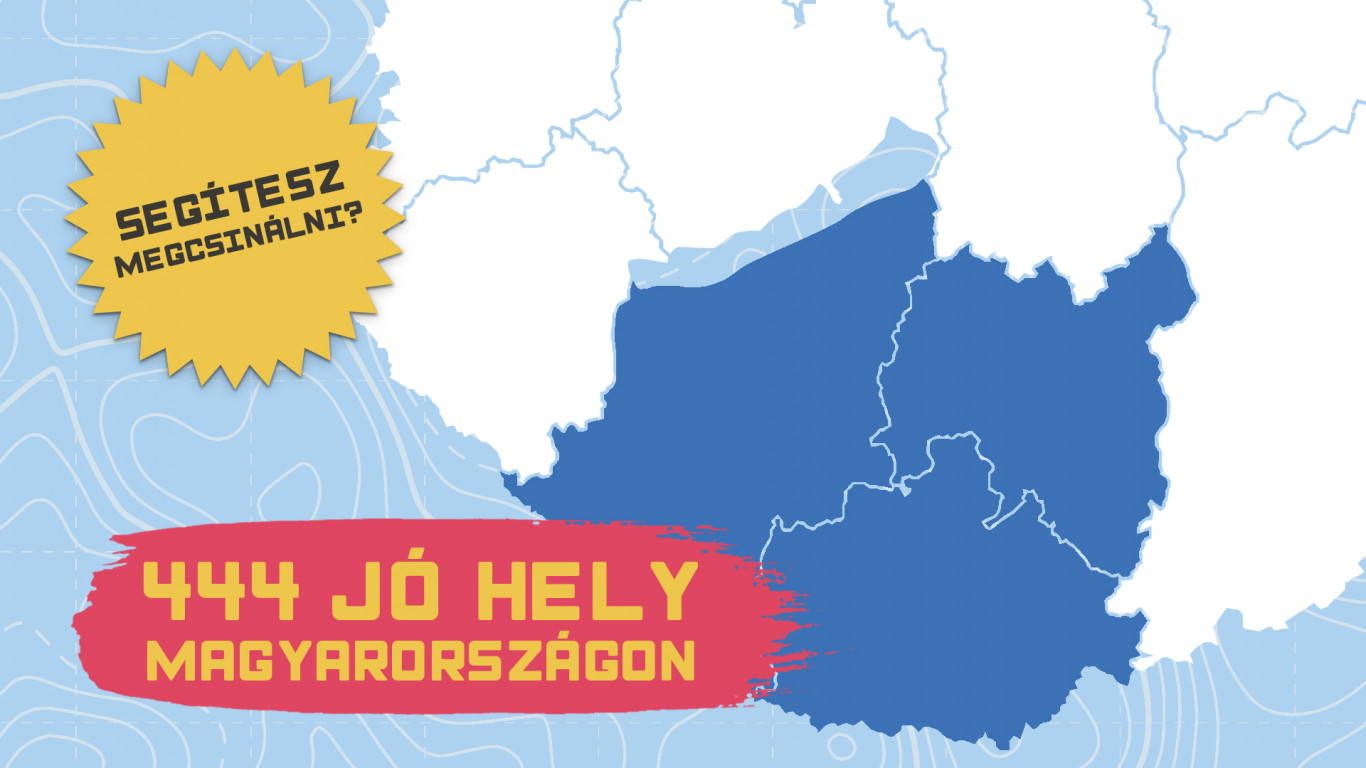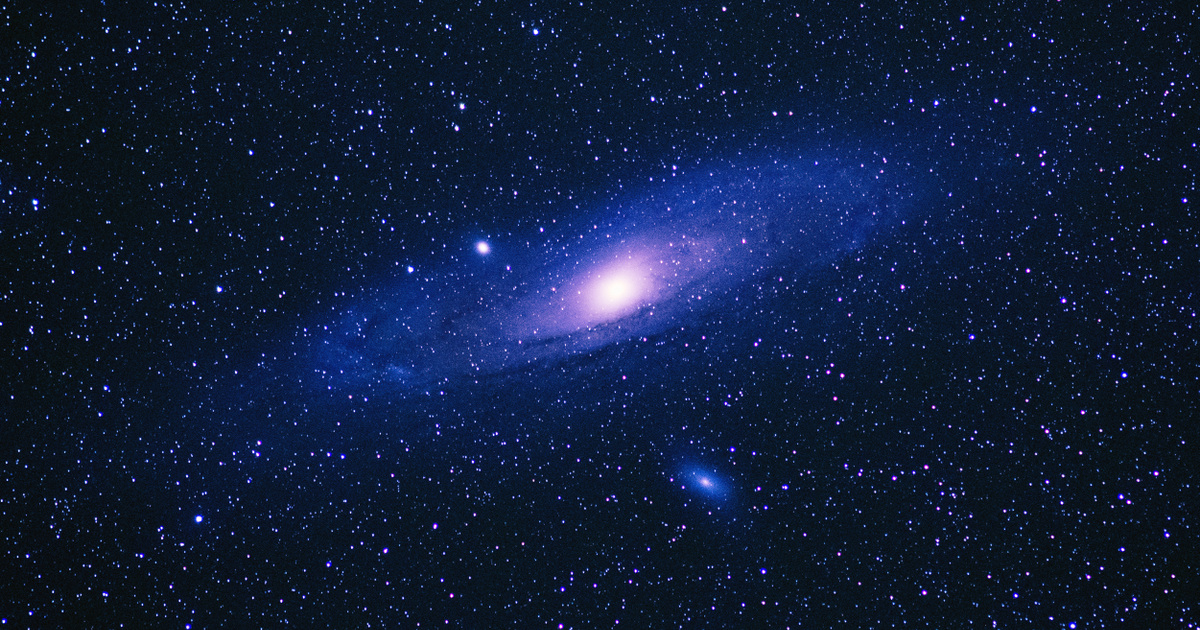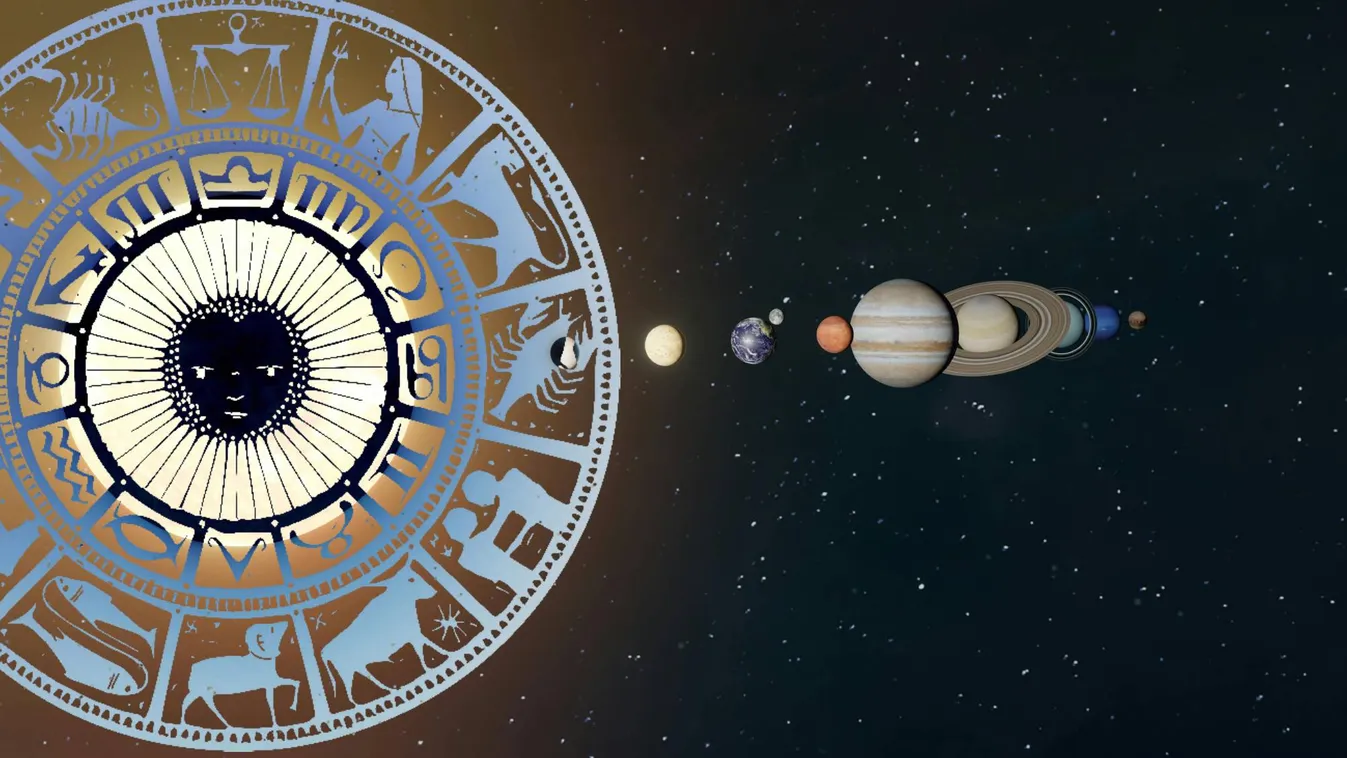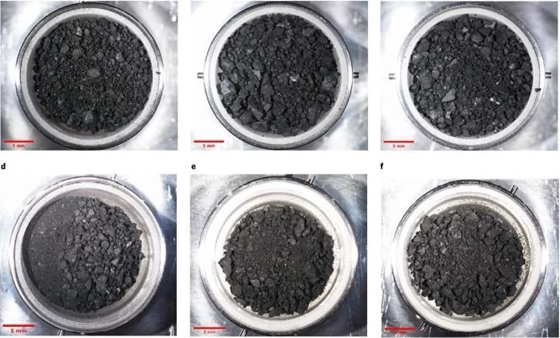[{“available”:true,”c_guid”:”c2fc1762-3b84-4758-a464-66e0bac72b9e”,”c_author”:”hvg.hu”,”category”:”itthon”,”description”:”Nappal se várható több plusz 3-nál. Jön egy kis hó.”,”shortLead”:”Nappal se várható több plusz 3-nál. Jön egy kis hó.”,”id”:”20221213_idojaras_elorejelzes_hideg_ho_OMSZ_meteorologia”,”image”:”https://api.hvg.hu/Img/ffdb5e3a-e632-4abc-b367-3d9b3bb5573b/c2fc1762-3b84-4758-a464-66e0bac72b9e.jpg”,”index”:0,”item”:”86a8e3ff-13e6-48fd-a9d5-3bceba343247″,”keywords”:null,”link”:”/itthon/20221213_idojaras_elorejelzes_hideg_ho_OMSZ_meteorologia”,”timestamp”:”2022. december. 13. 05:11″,”title”:”Éjjel akár -9 fok is lehet”,”trackingCode”:”RELATED”,”c_isbrandchannel”:false,”c_isbrandcontent”:false,”c_isbrandstory”:false,”c_isbrandcontentorbrandstory”:false,”c_isbranded”:false,”c_ishvg360article”:false,”c_partnername”:null,”c_partnerlogo”:”00000000-0000-0000-0000-000000000000″,”c_partnertag”:null},{“available”:true,”c_guid”:”47a6c287-3f7a-4249-95ad-6834eab25396″,”c_author”:”hvg.hu”,”category”:”elet”,”description”:”A magyar felsőoktatási hallgatók több mint fele küzd enyhe vagy közepesen súlyos lelki problémákkal – derült ki egy friss felmérésből.\r\n\r\n”,”shortLead”:”A magyar felsőoktatási hallgatók több mint fele küzd enyhe vagy közepesen súlyos lelki problémákkal – derült ki…”,”id”:”20221214_A_magyar_egyetemistak_ijeszto_egeszsegi_allapotban_vannak”,”image”:”https://api.hvg.hu/Img/ffdb5e3a-e632-4abc-b367-3d9b3bb5573b/47a6c287-3f7a-4249-95ad-6834eab25396.jpg”,”index”:0,”item”:”fd331d77-3b5b-4f13-8de2-51f673312b9c”,”keywords”:null,”link”:”/elet/20221214_A_magyar_egyetemistak_ijeszto_egeszsegi_allapotban_vannak”,”timestamp”:”2022. december. 14. 12:14″,”title”:”A magyar egyetemisták is ijesztő egészségi állapotban vannak”,”trackingCode”:”RELATED”,”c_isbrandchannel”:false,”c_isbrandcontent”:false,”c_isbrandstory”:false,”c_isbrandcontentorbrandstory”:false,”c_isbranded”:false,”c_ishvg360article”:false,”c_partnername”:null,”c_partnerlogo”:”00000000-0000-0000-0000-000000000000″,”c_partnertag”:null},{“available”:true,”c_guid”:”3417e18f-6f32-4de3-8d96-a9cb4a03bd48″,”c_author”:”hvg.hu”,”category”:”cegauto”,”description”:”A CX-60 ezen formájában nemcsak jobban mutat, hanem kicsit jobban is kezelhető.”,”shortLead”:”A CX-60 ezen formájában nemcsak jobban mutat, hanem kicsit jobban is kezelhető.”,”id”:”20221213_finom_tuningot_kapott_a_valaha_keszult_legerosebb_kozuti_mazda_cx60_suv”,”image”:”https://api.hvg.hu/Img/ffdb5e3a-e632-4abc-b367-3d9b3bb5573b/3417e18f-6f32-4de3-8d96-a9cb4a03bd48.jpg”,”index”:0,”item”:”3ae18a03-fac5-4625-98d5-b163c13a318f”,”keywords”:null,”link”:”/cegauto/20221213_finom_tuningot_kapott_a_valaha_keszult_legerosebb_kozuti_mazda_cx60_suv”,”timestamp”:”2022. december. 13. 07:59″,”title”:”Finom tuningot kapott a valaha készült legerősebb közúti Mazda”,”trackingCode”:”RELATED”,”c_isbrandchannel”:false,”c_isbrandcontent”:false,”c_isbrandstory”:false,”c_isbrandcontentorbrandstory”:false,”c_isbranded”:false,”c_ishvg360article”:false,”c_partnername”:null,”c_partnerlogo”:”00000000-0000-0000-0000-000000000000″,”c_partnertag”:null},{“available”:true,”c_guid”:”76a6520e-b678-4773-a529-c9ad1a148542″,”c_author”:”hvg.hu”,”category”:”elet”,”description”:”Az elnök Ukrajna háborús győzelméig mindenképp maradna hatalmon.”,”shortLead”:”Az elnök Ukrajna háborús győzelméig mindenképp maradna hatalmon.”,”id”:”20221213_Volodimir_Zelenszkij_David_Letterman_talk_show_ukrajna_haboru”,”image”:”https://api.hvg.hu/Img/ffdb5e3a-e632-4abc-b367-3d9b3bb5573b/76a6520e-b678-4773-a529-c9ad1a148542.jpg”,”index”:0,”item”:”008d189d-5a94-462f-903d-e48d7155386c”,”keywords”:null,”link”:”/elet/20221213_Volodimir_Zelenszkij_David_Letterman_talk_show_ukrajna_haboru”,”timestamp”:”2022. december. 13. 10:35″,”title”:”Zelenszkij nagyon meginna már egy sört a tengerparton”,”trackingCode”:”RELATED”,”c_isbrandchannel”:false,”c_isbrandcontent”:false,”c_isbrandstory”:false,”c_isbrandcontentorbrandstory”:false,”c_isbranded”:false,”c_ishvg360article”:false,”c_partnername”:null,”c_partnerlogo”:”00000000-0000-0000-0000-000000000000″,”c_partnertag”:null},{“available”:true,”c_guid”:”efcc265e-c62b-4208-aae4-3dc441c542de”,”c_author”:”HVG360″,”category”:”360″,”description”:”Finisbe ért minimálbér-megállapodás, kivezetett hitelmoratórium, argentin vébésiker. Ez a Radar, a hvg360 reggeli hírösszefoglalója.\n”,”shortLead”:”Finisbe ért minimálbér-megállapodás, kivezetett hitelmoratórium, argentin vébésiker. Ez a Radar, a hvg360 reggeli…”,”id”:”20221214_Radar360_Emelkedo_nyugdij_meghosszabbitott_arsapka”,”image”:”https://api.hvg.hu/Img/ffdb5e3a-e632-4abc-b367-3d9b3bb5573b/efcc265e-c62b-4208-aae4-3dc441c542de.jpg”,”index”:0,”item”:”e73e4979-ca85-4b45-b7e5-8f8fce733cdd”,”keywords”:null,”link”:”/360/20221214_Radar360_Emelkedo_nyugdij_meghosszabbitott_arsapka”,”timestamp”:”2022. december. 14. 08:05″,”title”:”Radar360: Emelkedő nyugdíj, meghosszabbított árstopok”,”trackingCode”:”RELATED”,”c_isbrandchannel”:false,”c_isbrandcontent”:false,”c_isbrandstory”:false,”c_isbrandcontentorbrandstory”:false,”c_isbranded”:false,”c_ishvg360article”:true,”c_partnername”:null,”c_partnerlogo”:”00000000-0000-0000-0000-000000000000″,”c_partnertag”:null},{“available”:true,”c_guid”:”b1176f38-6001-4259-9d53-993390c76716″,”c_author”:”hvg.hu”,”category”:”kkv”,”description”:”A bahamai bíróság elutasította, hogy óvadék fejében elengedjék Sam Bankman-Friedet, ő viszont azt próbálja elkerülni, hogy az USA-ban tárgyalják az ügyét.”,”shortLead”:”A bahamai bíróság elutasította, hogy óvadék fejében elengedjék Sam Bankman-Friedet, ő viszont azt próbálja elkerülni…”,”id”:”20221214_bankman_fried_kripto_kiadatas_Egyesult_Allamok”,”image”:”https://api.hvg.hu/Img/ffdb5e3a-e632-4abc-b367-3d9b3bb5573b/b1176f38-6001-4259-9d53-993390c76716.jpg”,”index”:0,”item”:”129f374b-1486-4e34-89e0-4613a0ba4399″,”keywords”:null,”link”:”/kkv/20221214_bankman_fried_kripto_kiadatas_Egyesult_Allamok”,”timestamp”:”2022. december. 14. 06:15″,”title”:”Megpróbálja megúszni az egykori kriptokirály, hogy kiadják az Egyesült Államoknak”,”trackingCode”:”RELATED”,”c_isbrandchannel”:false,”c_isbrandcontent”:false,”c_isbrandstory”:false,”c_isbrandcontentorbrandstory”:false,”c_isbranded”:false,”c_ishvg360article”:false,”c_partnername”:null,”c_partnerlogo”:”00000000-0000-0000-0000-000000000000″,”c_partnertag”:null},{“available”:true,”c_guid”:”dc7dd8b4-ebf1-4265-9871-adc761f9faf9″,”c_author”:”hvg.hu”,”category”:”elet”,”description”:”Egy témába vágó színházi előadás után lesz szó erről, a beszélgetés podcastként is elérhető lesz.”,”shortLead”:”Egy témába vágó színházi előadás után lesz szó erről, a beszélgetés podcastként is elérhető lesz.”,”id”:”20221214_OrvosToth_Noemi_es_Sodro_Eliza_uj_szerepben_az_iskolai_bantalmazasrol_lesz_szo”,”image”:”https://api.hvg.hu/Img/ffdb5e3a-e632-4abc-b367-3d9b3bb5573b/dc7dd8b4-ebf1-4265-9871-adc761f9faf9.jpg”,”index”:0,”item”:”a0a8c6ef-3a88-4b14-b7e1-211b43f60029″,”keywords”:null,”link”:”/elet/20221214_OrvosToth_Noemi_es_Sodro_Eliza_uj_szerepben_az_iskolai_bantalmazasrol_lesz_szo”,”timestamp”:”2022. december. 14. 15:36″,”title”:”Orvos-Tóth Noémi és Sodró Eliza új szerepben: az iskolai bántalmazásról lesz szó”,”trackingCode”:”RELATED”,”c_isbrandchannel”:false,”c_isbrandcontent”:false,”c_isbrandstory”:false,”c_isbrandcontentorbrandstory”:false,”c_isbranded”:false,”c_ishvg360article”:false,”c_partnername”:null,”c_partnerlogo”:”00000000-0000-0000-0000-000000000000″,”c_partnertag”:null},{“available”:true,”c_guid”:”7497aa22-6d25-4b07-99b4-b53da36c76cd”,”c_author”:”hvg.hu”,”category”:”elet”,”description”:”Egyik akciójuk miatt meghalt egy 44 éves nő, a hatóságok szerint pedig bűnszervezet létrehozásán dolgozhattak.”,”shortLead”:”Egyik akciójuk miatt meghalt egy 44 éves nő, a hatóságok szerint pedig bűnszervezet létrehozásán dolgozhattak.”,”id”:”20221213_nemetorszag_letzte_generation”,”image”:”https://api.hvg.hu/Img/ffdb5e3a-e632-4abc-b367-3d9b3bb5573b/7497aa22-6d25-4b07-99b4-b53da36c76cd.jpg”,”index”:0,”item”:”ab6212ed-69f3-4a7f-a9e1-4b91d29f86cb”,”keywords”:null,”link”:”/elet/20221213_nemetorszag_letzte_generation”,”timestamp”:”2022. december. 13. 15:50″,”title”:”Rászálltak a német rendőrök egy radikális klímavédő csoportra”,”trackingCode”:”RELATED”,”c_isbrandchannel”:false,”c_isbrandcontent”:false,”c_isbrandstory”:false,”c_isbrandcontentorbrandstory”:false,”c_isbranded”:false,”c_ishvg360article”:false,”c_partnername”:null,”c_partnerlogo”:”00000000-0000-0000-0000-000000000000″,”c_partnertag”:null}]
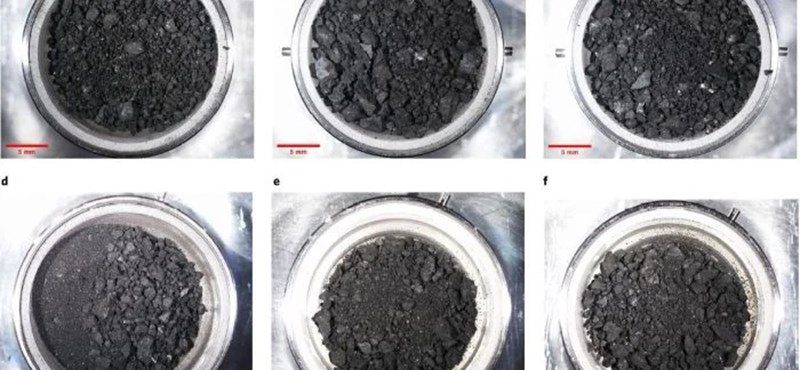
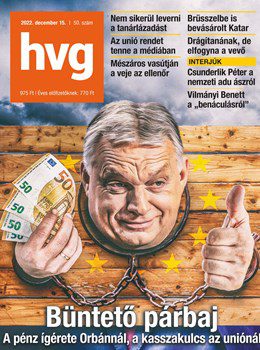
Order the weekly HVG newspaper or digitally and read us anywhere, anytime!
That’s why we ask you, our readers, to support us! We promise to keep doing the best we can!
We recommend it from the first page

Istvan Bala – Hanna Kasatlos – Balint Kovacs – Christina Olah – Eva Vandor
The Világsép Foundation’s video is definitely the only Christmas movie on the Internet that begins with the phrase: “I hate Christmas!”.

Here is the official Christmas photo of the Prince of Wales couple.









